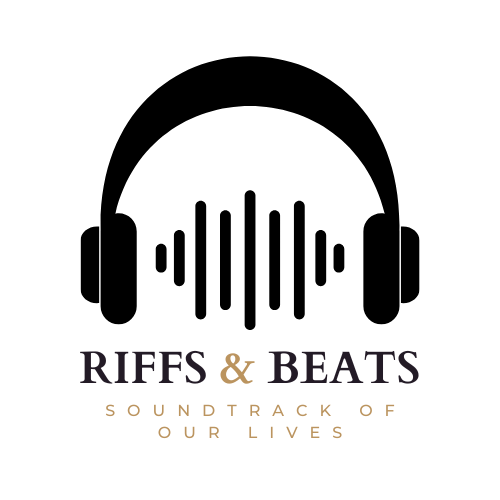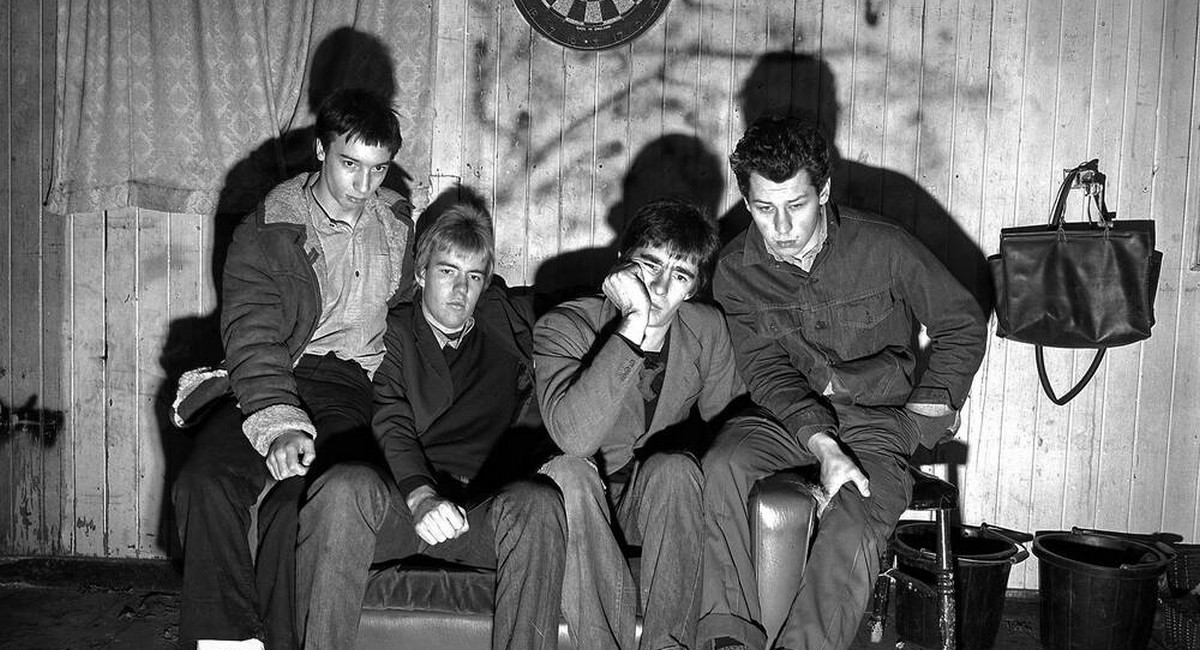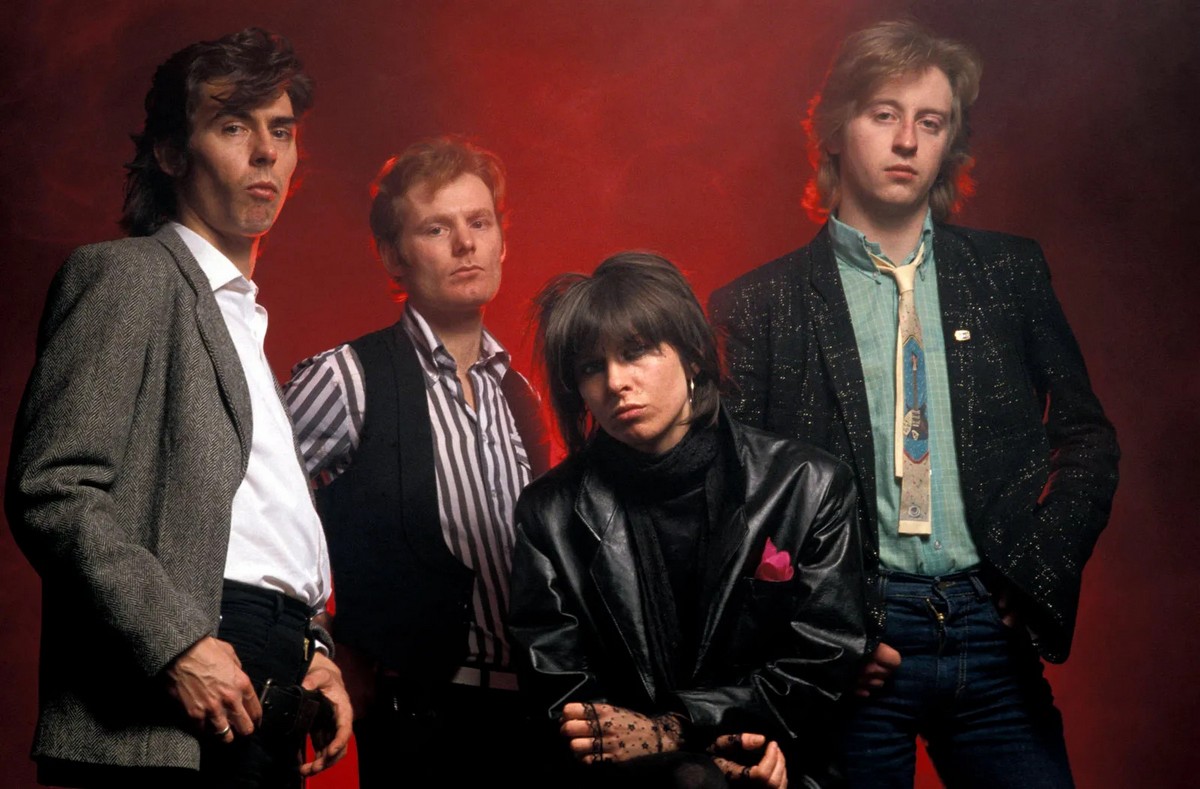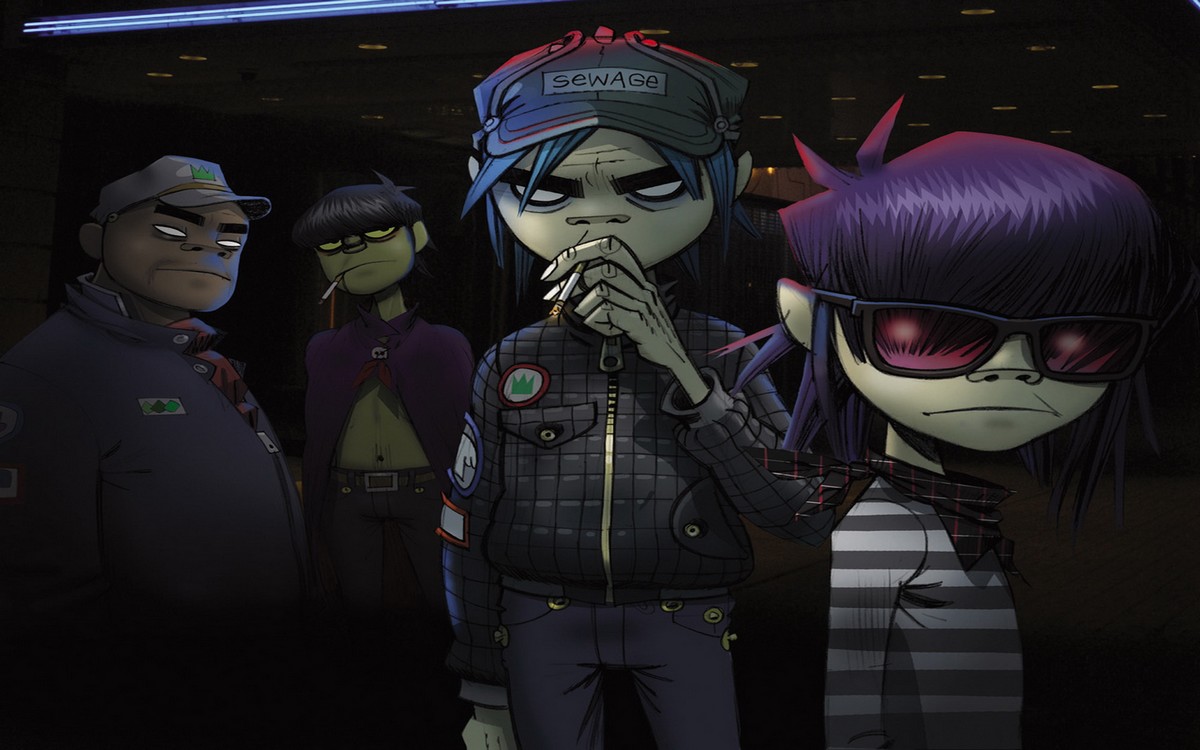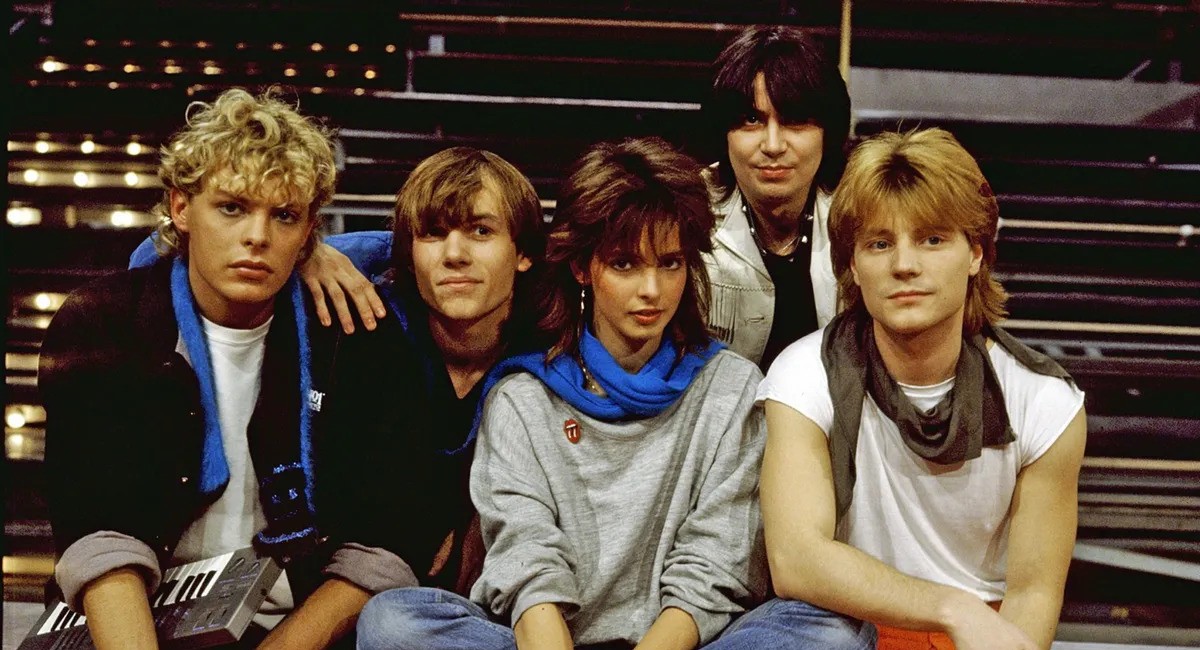A band sculpting sound with emotion
Starting in Chicago’s underground scene, the Smashing Pumpkins cleared a route across walls of noise and waves of emotional necessity. Billy Corgan founded the group in 1988 with James Iha; shortly after, D’arcy Wretzky and drummer Jimmy Chamberlin joined. Gish, their first album, debuted in 1991 with swirling guitars, psychedelic overtones, and a furious rhythmic energy. Unlike the crude energy of the Seattle scene, the Pumpkins produced a layered sound that combined melody with aggression. Their music seemed broad, like a storm becoming sculpture.
With Siamese Dream in 1993, the band soared to new heights. Butch Vig supervised the creation of the album, which increased density and drama without ever obscuring feelings. Songs like Today, Cherub Rock, and Disarm started to serve as cultural touchstones heard on radio and burnt into teenage memory. Every note was influenced by Corgan’s attention to detail, which produced distorted guitar stacks resembling symphonies. The sound had a need, a sort of wounded hope encased in fuzz. The band became a leading voice in alternative rock without fitting into its mold.
Mellon Collie and the Infinite Sadness validated their vision in 1995. It provided a whole sound panorama from a double album as vast as it was intricate. Each of tracks including 1979, Tonight, Tonight, Zero, and Bullet with Butterfly Wings opened a different door. Piano ballads encountered hard riffs; strings paired with synths; softness stood next to pandemonium. With equal fervor, the band investigated adolescence, beauty, rage, and want. Both commercially and critically, the album was highly successful; its impact went well beyond the charts.
The Smashing Pumpkins accepted change throughout their career without sacrificing identity. Adore brought a more electronic, colder sound soaked in grief and restraint. With fabled purpose, Machina/The Machines of God brought industrial edges and lyrical abstraction. Although the roster changed, the creative direction remained clear. Their records never fell into pattern. Every fresh release broadened the scope of their musical world, drawing from various textures and emotional conditions.
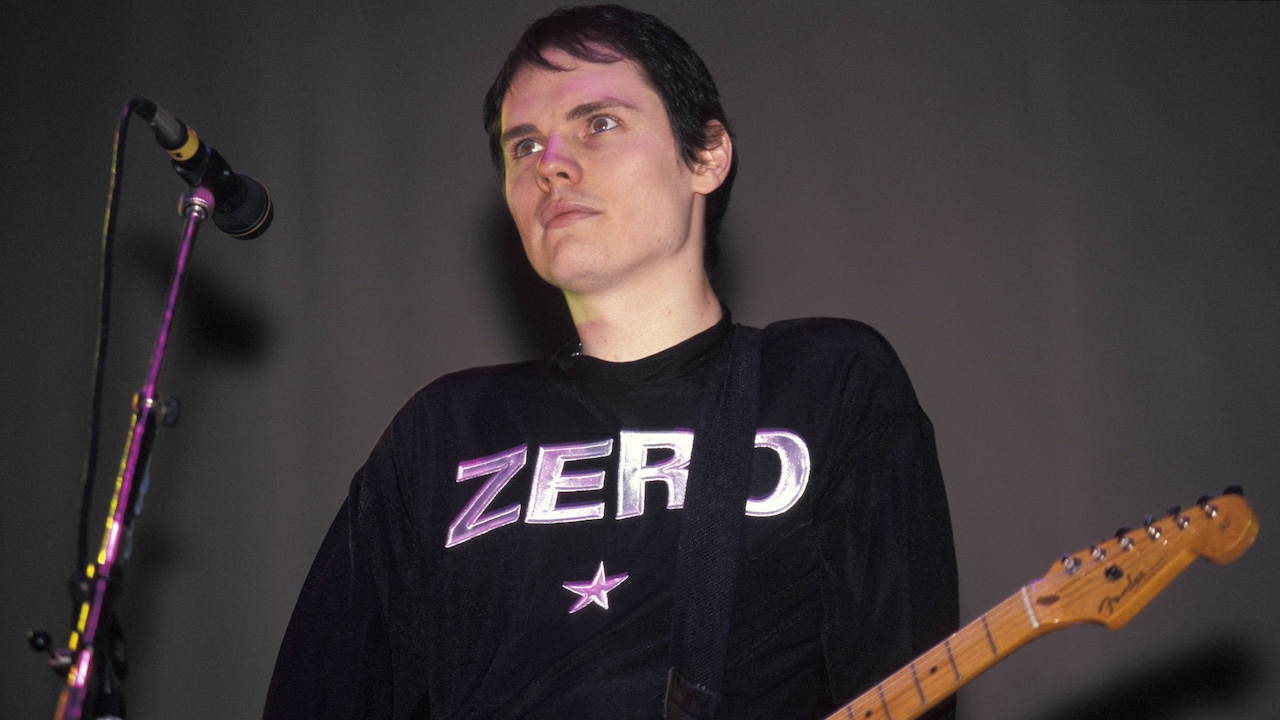
Corgan’s voice developed to be a distinctive quality, half-whisper, half-wail, capable of both tenderness and anger within the same breath. His poetry passed through cosmic fantasies, personal wounds, and symbols. Chamberlin’s drumming gave depth and mobility, often acting as the heartbeat beneath the levels. Their songs gained weight and clarity from the interplay between vision and execution. Even the softer songs had presence; even the loudest events held detail.
Beyond their music, the band had a visual flair. Videos like Tonight, Tonight and Ava Adore transformed songs into pictorial adventures. Their artwork, stage décor, and fashion choices showed a whole universe full of imagination and conflict. That sensory immersion appealed to fans. The Smashing Pumpkins presented more than just music; they created an ambiance. Their performances combined beauty and distortion with a ceremonial feel.
Over several decades, The Smashing Pumpkins created a catalog that appeals to people looking for intensity, workmanship, and change. Their impact in the 1990s changed the course of contemporary rock. Into the subterranean, they brought grandeur; intimacy into stadiums; and creativity into every shape they touched. Their music changes from Gish to today while still retaining the core that made them legendary.
